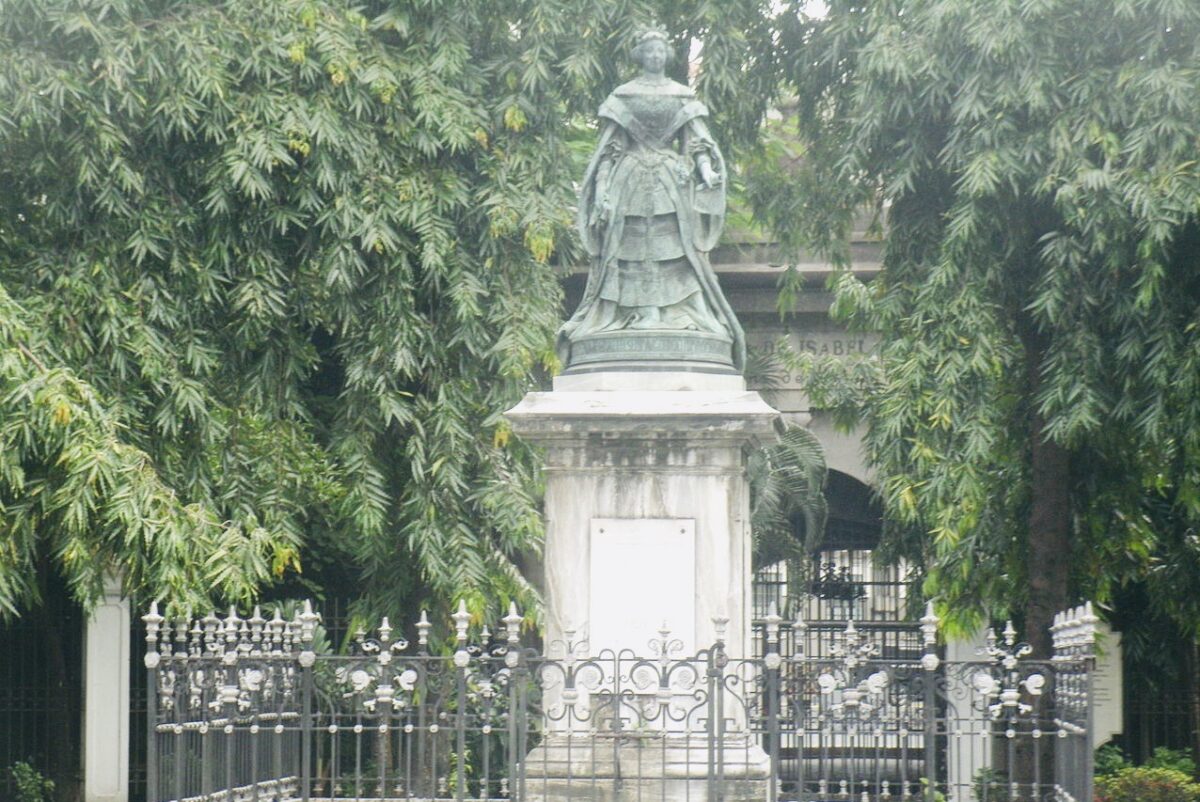I can think of no better a statue to remove from its lofty pedestal than that of Queen Isabella I of Spain. Statues of the monarch, who expelled Jews from Spain in 1492 under the infamous Alhambra Decree, are found in a plethora of countries.
Streets have been named after Isabella as well. A thoroughfare in Montreal, populated by a considerable number of Jews, is named in Isabella’s honor. Local political activist Shloime Perel has tirelessly tried to rid the city of her historical memory, but to no avail. Now that Black Lives Matter protesters around the world have begun to tear down statues of objectionable figures, Perel’s argument to eliminate Isabell’s name from Montreal’s streetscape may stand a better chance of succeeding.
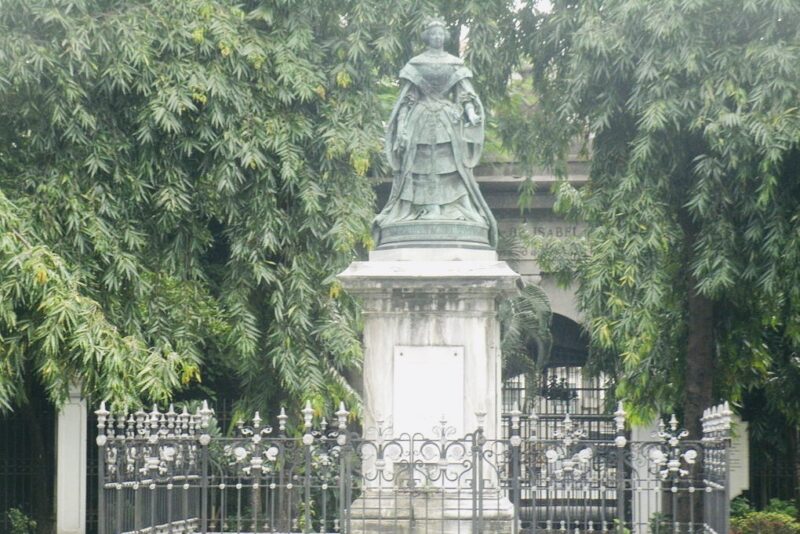
Since the murder of George Floyd, an African American choked to death by a brutal police officer in Minneapolis on May 25, statues have been falling in droves in the United States and elsewhere. Monuments of Confederate generals who fought for the cause of white supremacy in the Southern states, which formed the Confederacy, have been singled out in particular.
Even a statue of Winston Churchill — the British wartime prime minister who played an integral role in the defeat of Nazi Germany but who also displayed a condescending attitude toward Africans and Asians — was menaced by angry crowds in London recently.
Oddly enough, as the Jewish Telegraphic Agency points out in a dispatch, the statues of execrable figures who demonized Jews and spread the virus of antisemitism continue to enjoy immunity from the threat of demolition.
Several examples come to mind.
Henry Ford, the founder of a major automotive company based in Detroit, was the publisher of The Dearborn Independent, a newspaper that published excerpts from The Protocols of the Elders of Zion, an antisemitic forgery concocted by the Russian secret police at the dawn of the 20th century. Adolf Hitler held Ford in such high esteem that in 1938, the year of the Kristallnacht pogroms in Germany, the Nazi regime conferred a medal on him. A statue of Ford was erected at the Henry Ford Centennial Library in Dearborn, Michigan, which has a large Arab population today.

Charles Lindbergh, the first pilot to fly solo across the Atlantic Ocean, was a spokesman for the isolationist America First Committee, some of whose leaders were sympathetic to Nazi Germany. In a notorious speech in 1940, he accused American Jews of pressuring the United States to enter World War II. A statue of Lindbergh is on the grounds of Minnesota’s state capital, St. Paul.
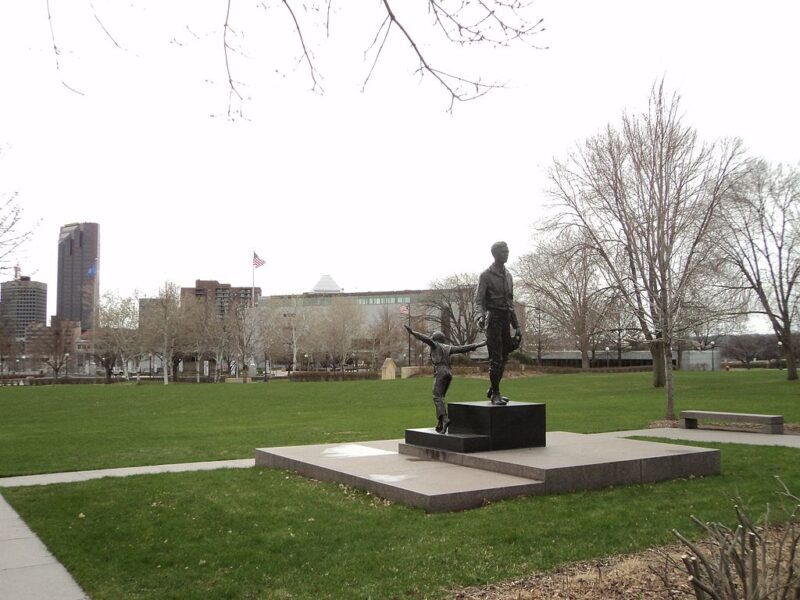
Ulysses S. Grant, the commander of Union forces during the U.S. Civil War and a future U.S. president, issued the first and only antisemitic edict in American history. Order No. 11, proclaimed on December 17, 1862, expelled Jews from a military district encompassing the states of Tennessee, Kentucky and Mississippi. It read: “The Jews, as a class violating every regulation of trade established by the Treasury Department and also department orders, are hereby expelled from the department within twenty-four hours from receipt of this order.”
Grant claimed that Jewish speculators were engaging in illicit trade in Southern cotton and were thus propping up the black market in that valuable commodity. Originally unaware of Grant’s unilateral order, President Abraham Lincoln rescinded it shortly afterwards. Grant came to regret his unwise decision. During his presidency, he made amends by appointing several Jews to federal positions.
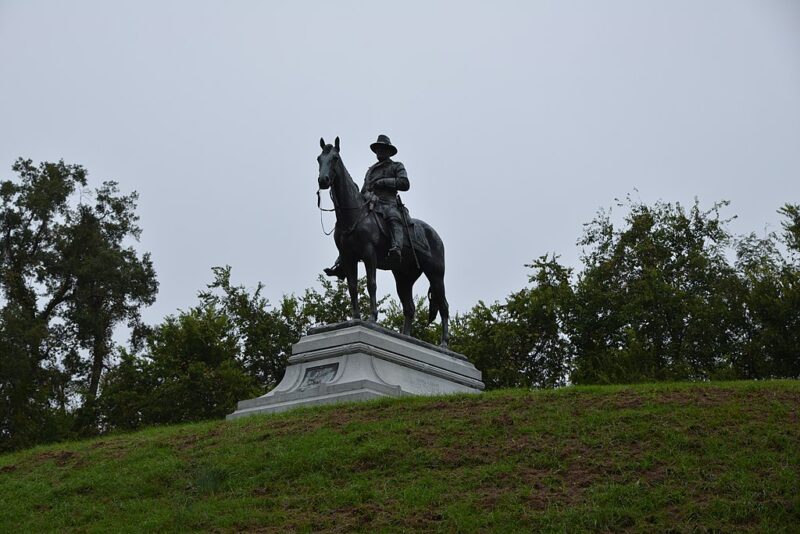
A statue of Grant, the biggest equestrian monument in the United States, stands in Washington, D.C. A memorial to Grant in San Francisco was pulled down last week over his ownership of a black slave.
Thomas Watson was a Georgia publisher whose newspaper whipped up antisemitic sentiment during the trial of Leo Frank, the Jewish manager of a pencil factory in Atlanta who was falsely accused of raping and murdering one of his employees, a 13-year-old Christian girl. Frank went to trial in 1913 and was found guilty in a case that resonated across the nation.
Watson’s call for his lynching prompted a vigilante mob to storm his prison cell and hang him from a tree in 1915. Frank was the first and only Jew to be lynched in the United States. Watson, who had been William Jennings Bryan’s vice-presidential nominee in the 1896 election, was elected to the U.S. Senate in 1922. He died a year later. A statue of Watson stands in a park across George’s state capital.
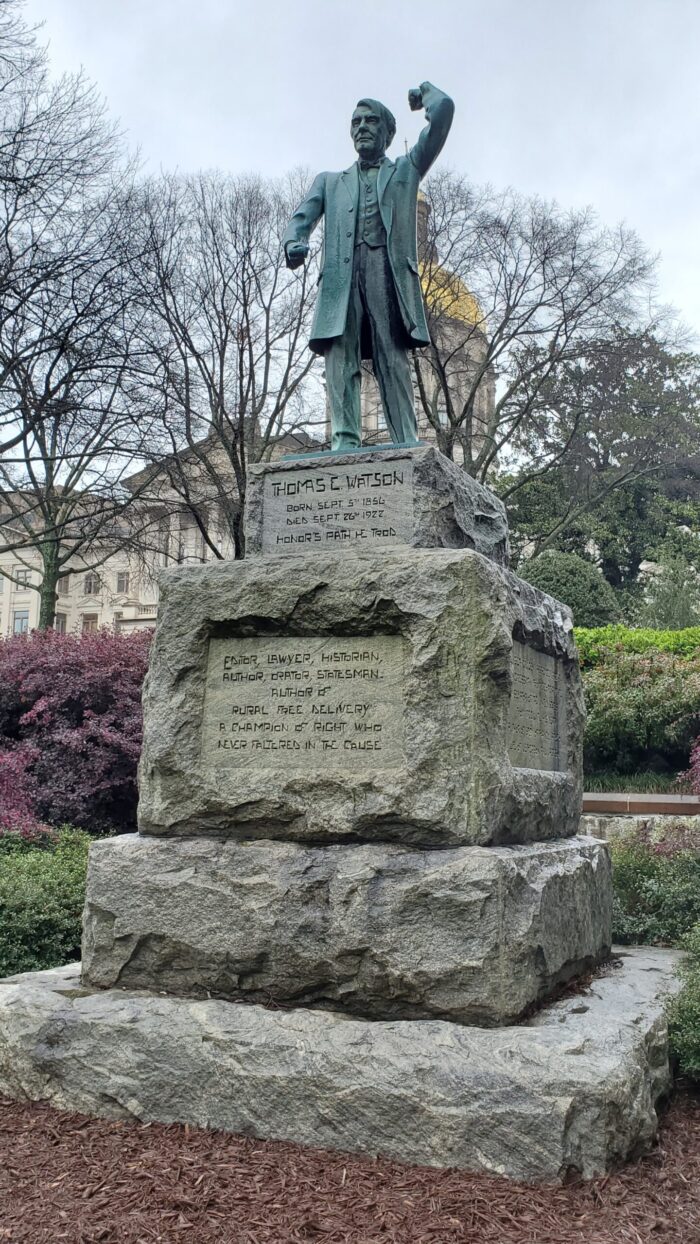
Peter Stuyvesant, the governor of the Dutch colony of New Amsterdam, known today as New York City, initially refused to allow Jews to settle on the island permanently. When Jews were finally permitted to live there, he forced them to pay a special tax. Stuyvesant contemptuously described Jews as a “deceitful race.” Statues in his likeness were erected in Manhattan’s Lower East Side, where many new Jewish immigrants settled in the late 19th and early 20th centuries, and in Jersey City, New Jersey.
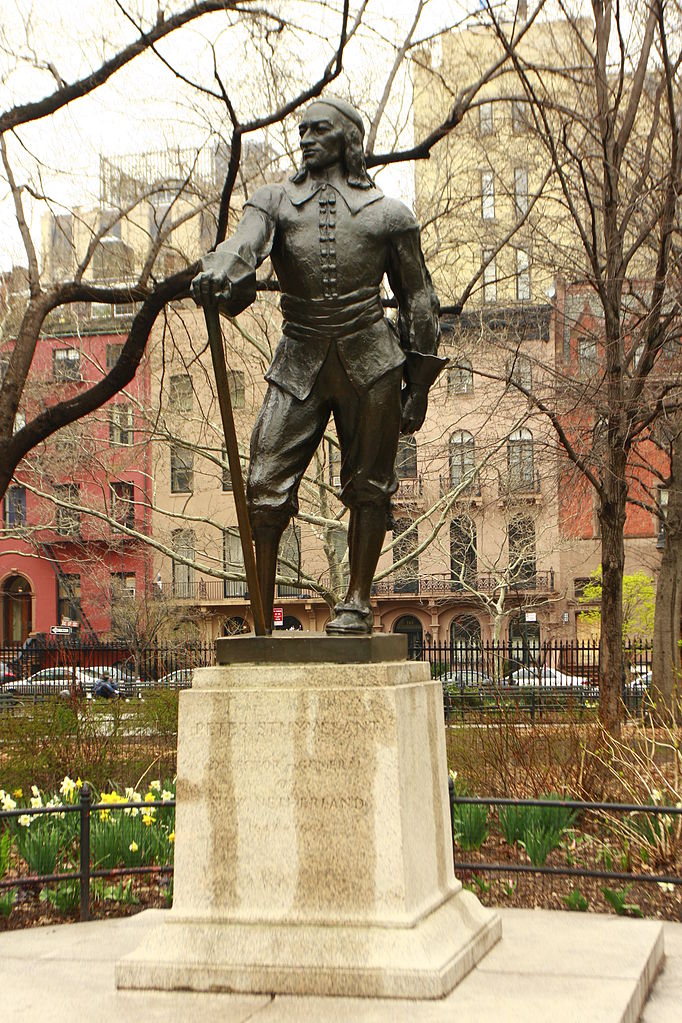
Martin Luther, the German founder of Lutherism, a branch of the new Protestant religion, denounced Jews after they rejected his appeals to convert to Christianity. Luther’s teachings reinforced antisemitic stereotypes and tropes. Statues of Luther are found across the United States, particularly at seminaries and universities.
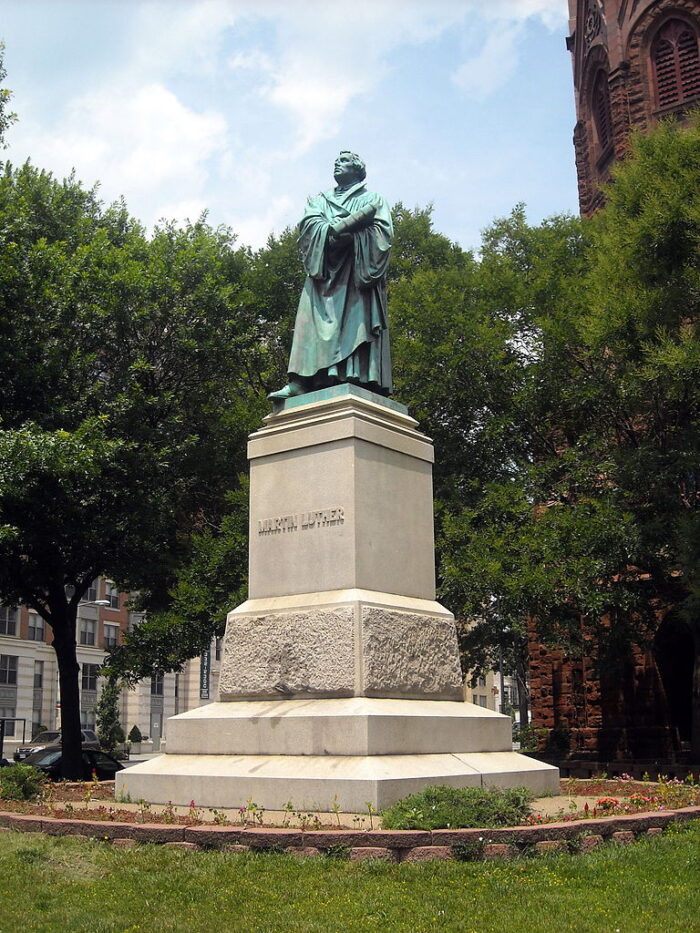
The aforementioned statues are a throwback to a time when racism in the United States was all too common and taken for granted. They have no place in a country striving to remain true to its democratic ideals. They are blights on a modern, progressive society.
They should be peacefully removed, placed in storage or exhibited in museums as offensive relics of the past.
